Depending on where you live, your backyard may be a work of art, a grassy area with a fence, or even a dirt patch with a tire swing. While this is obvious, there are many things in your yard that are subtle but as deadly as a heart attack. This list will go over some common and not-so-common deadliest organisms that can be found in a backyard.
Convallaria majalis (Lily of the Valley)
The Lily of the Valley has a nickname that sounds familiar to a kung-fu technique, subtle but deadly. Granted, these flowers are as deadly as a rattlesnake, but many people do not know this. All parts of this plant can kill you. However, the Lily of the Valley contains glycosides, a chemical compound that maximizes the force in which the heart contracts. This compound can effectively manipulate the volume of blood the heart can pump, so it has been used for centuries as a remedy for heart disease and heart failure.
Though, a concentrated amount of these unstable chemical compounds can do a number on a victim’s gastrointestinal, respiratory, and nervous systems. Symptoms that ensue consumption of the flower include: diarrhea, vomiting, headaches, dizziness, and heart palpitations.
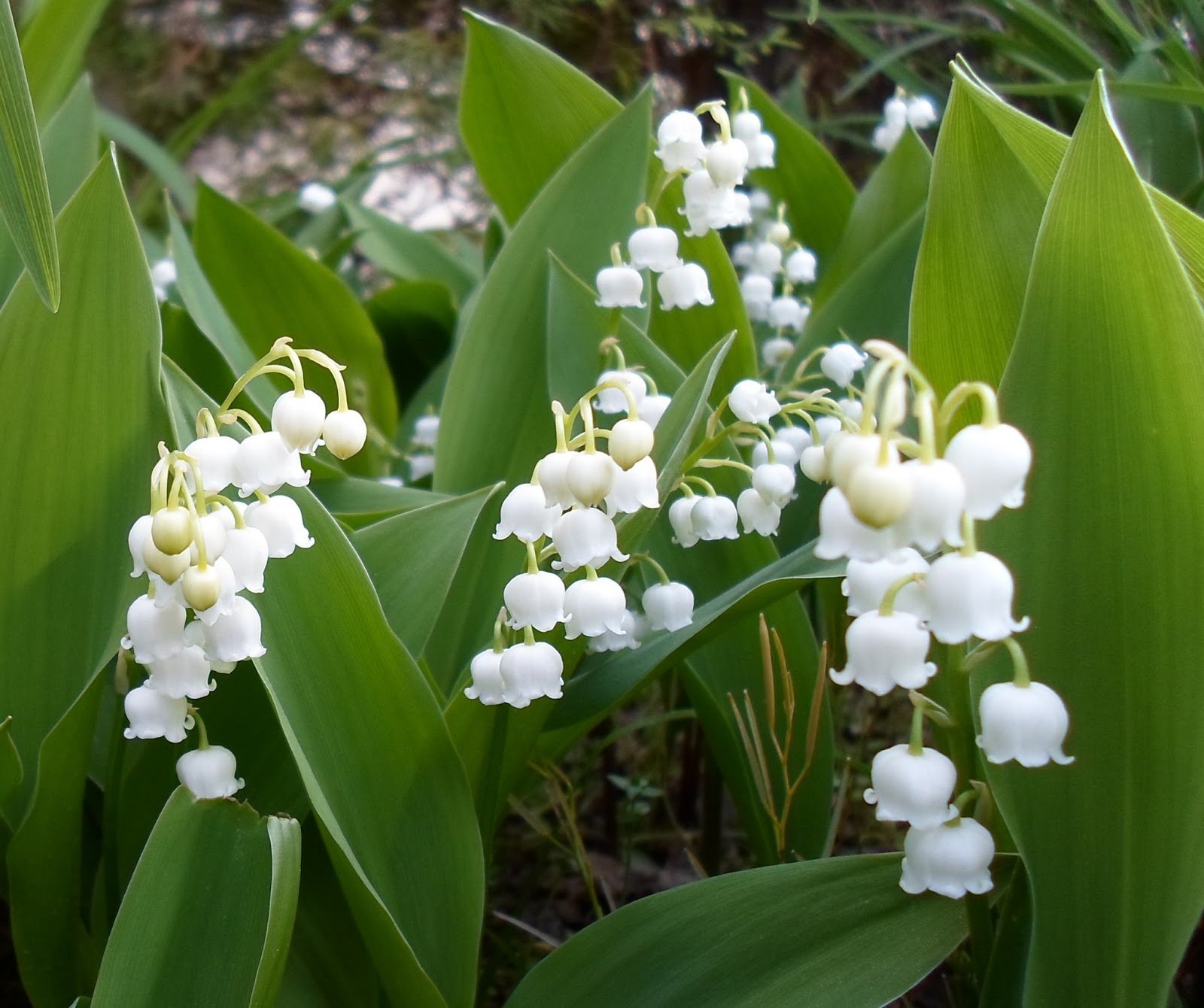
Bees
Bees don’t really seem like a problem until Spring when they are all over the place. However, the World Health Organization estimates that bees are responsible for approximately 600,000 deaths per year. Additionally, the Center for Disease Control reports that there are over 16,000 homicides from bee attacks and over 40,000 deaths from suicide! While one bee certainly is not enough to harm or even kill a person, take in mind other factors that trigger these deaths.
Allergies are the number one factor to consider when thinking about these large numbers. Allergies affect 30% of adults and 40% of children. Also insect stings affect 5% of the population. In their case, all it takes is one bee sting to send them into anaphylactic shock. As for the rest of us, death can come just by stumbling into a beehive.
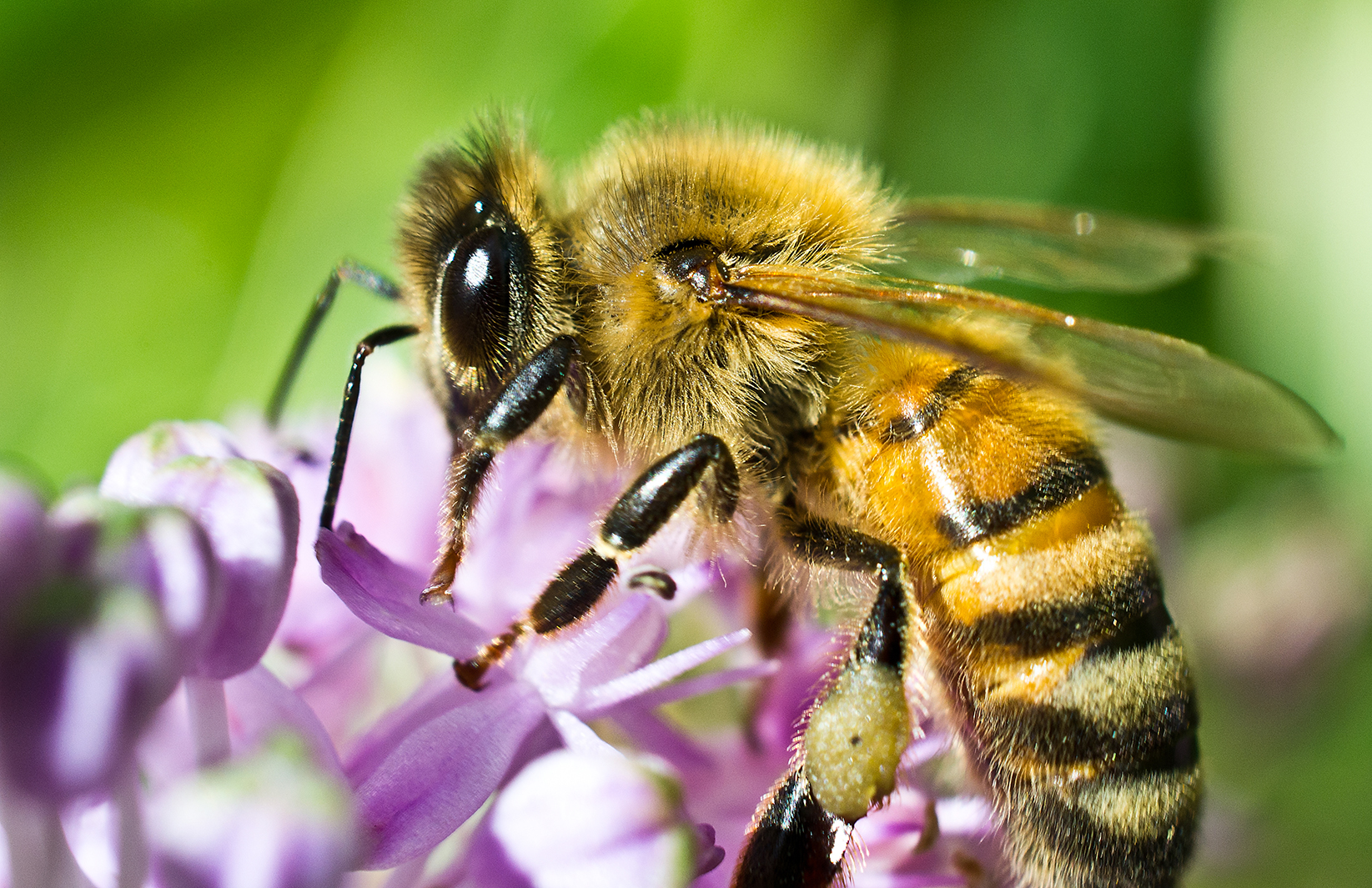
Rhododendron
With over 800 species found around the globe, Rhododendrons are casually found in protective garden areas and coastal mountain ranges. These flowers commonly are found in gardens, and grown as decorative flowers. While these flowers won`t release toxic spores or hunt after people, Rhododendrons contain toxic resins, commonly known as grayanotoxin. Small children and pets should be at risk when these flowers are present because eating one has potentially deadly effects.
Consuming one of these deadly flowers can cause hemorrhage, liver damage, and gastrointestinal irritation. If left untreated, victims will typically succumb to respiratory failure within a matter of hours.
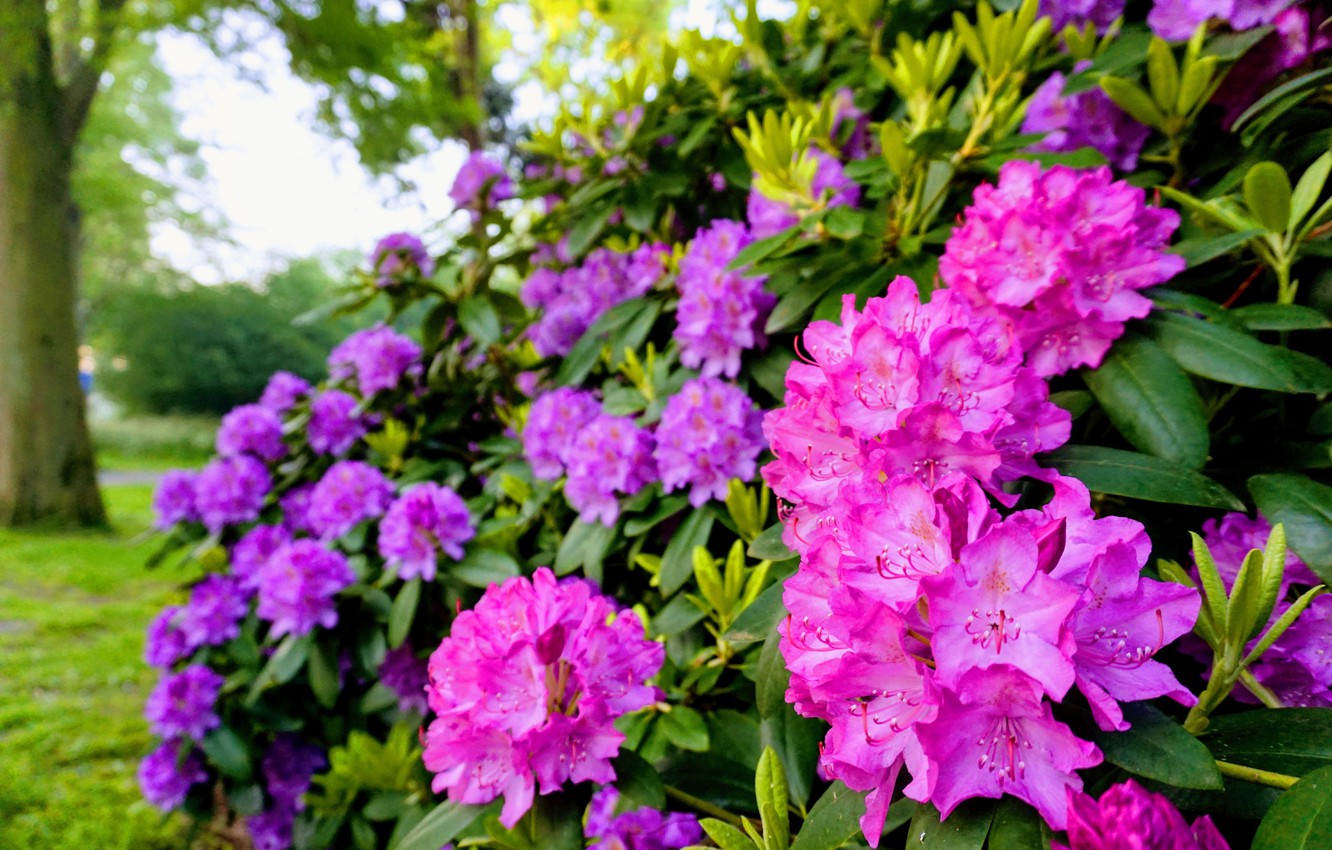
Delphinium Consolida (Larkspur)
Larkspur is a common, deadly flower that grows in the moist habitats in Mid-Western and Western areas. Tall Larkspur tends to grow at high altitudes, while Low Larkspur grows at low elevations in early Spring. While it is poisonous to humans, more animals succumb to consuming these plants every year, specifically cattle. Low Larkspur grows near grazing areas, and cows and other steer blissfully munch on them when they are in season.
Ranchers should be cautious of Larkspur flowers and buds because they appear similar to other nutritious flowers. Since we live in a world where animals cannot talk to us, accidentally consuming a Larkspur flower will likely mean death for cattle.
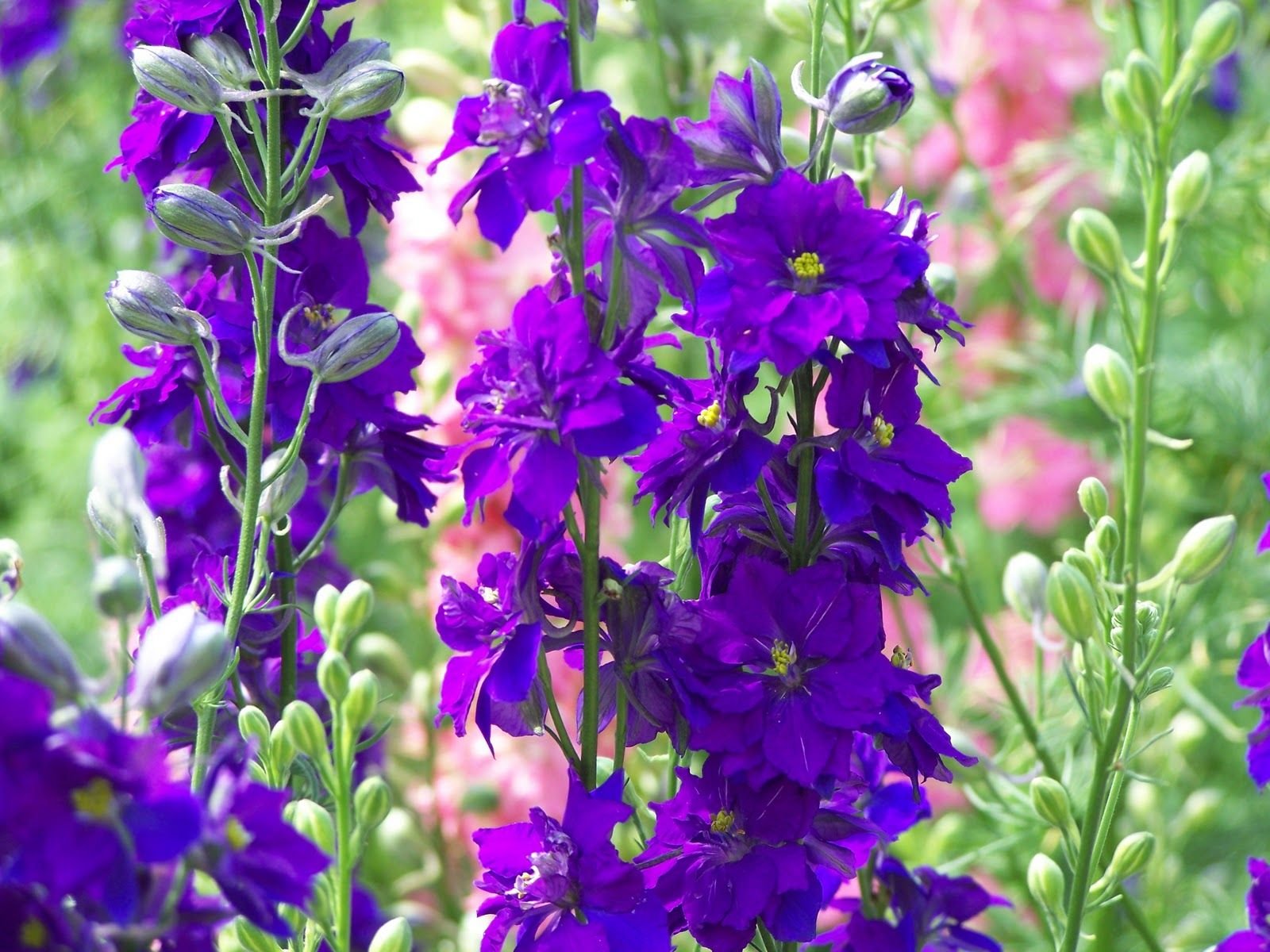
Pollen
Springtime is simply a beautiful season for those who don’t have allergies. Moreover, for those who are oblivious to the effect pollen can have on people, keep reading. Dutch investigators have concluded that high pollen counts can lead to respiratory diseases and heart disease. Though to clarify, pollen related deaths in the U.S. is very rare. Pollen is a well-known trigger for hayfever and asthma, so it can be dangerous. However, pollen can be deadly in some cases.
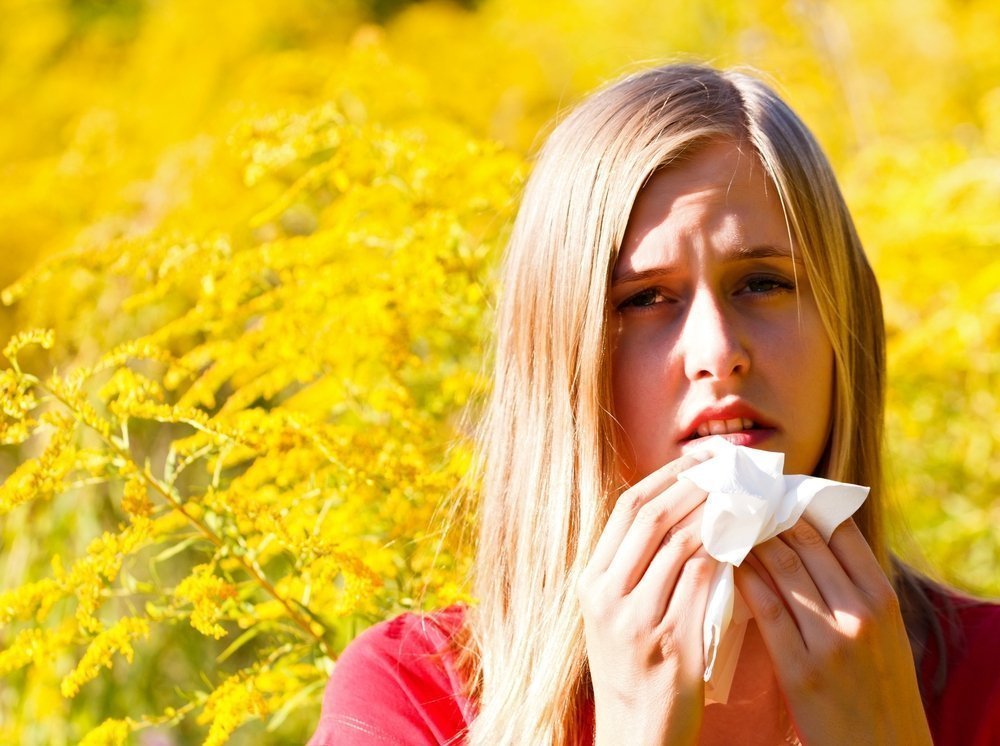
Medical experts in Europe have tried to link pollen with the deaths of people with heart disease and other infirmaries. They have deduced that over an eight year period, there were an average of 330 deaths per day. Surprisingly, days with high pollen counts were linked to an increase of 6% of deaths from heart disease and a 17% increase of deaths from pneumonia. For those now terrified of the Spring, here is some brief consolation, there is none.
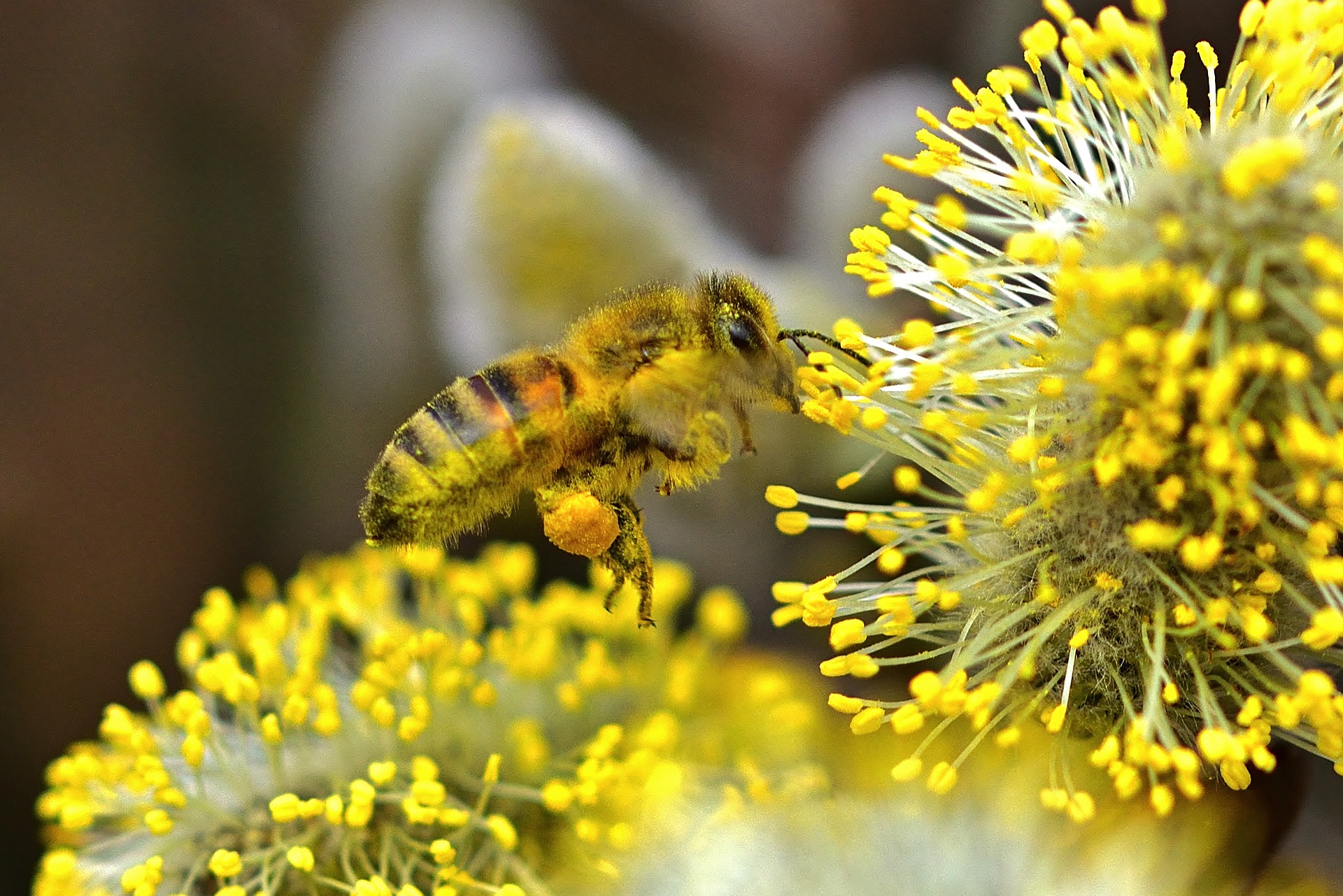




Related Posts
Top-7 Most Expensive Dogs in the World
7 Most Expensive Cats in the World 2023
Top-7 most luxurious and expensive airlines in the world